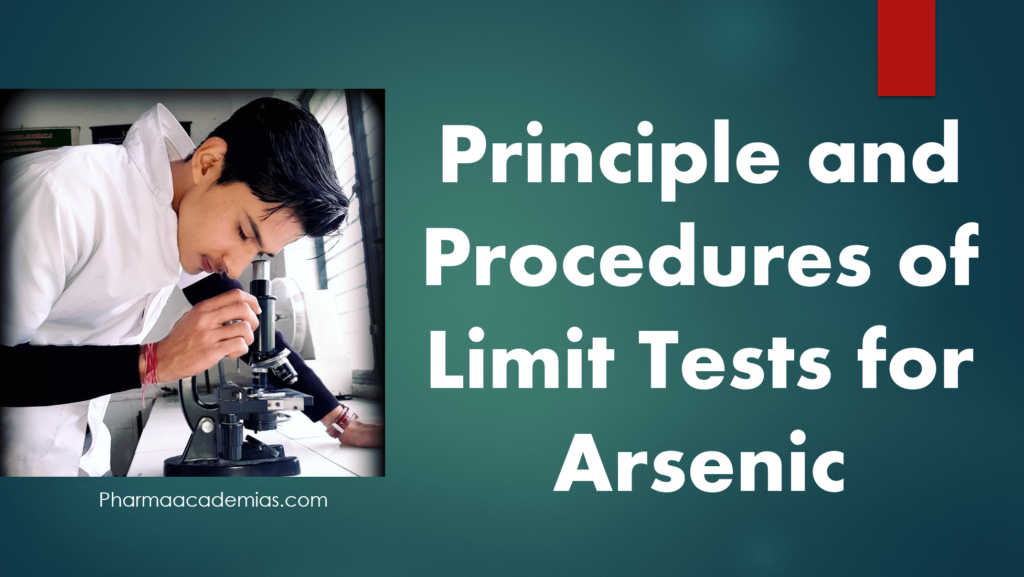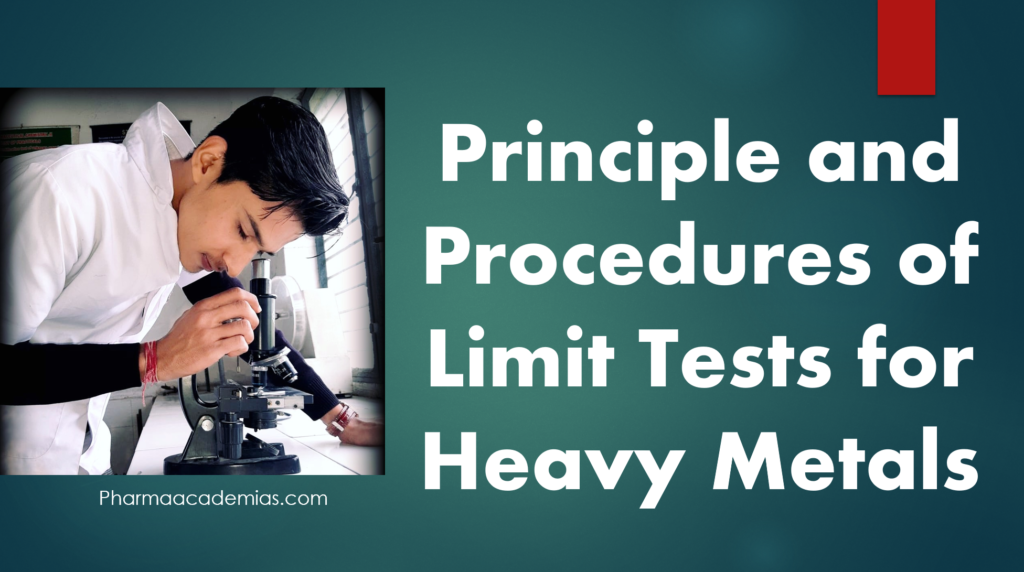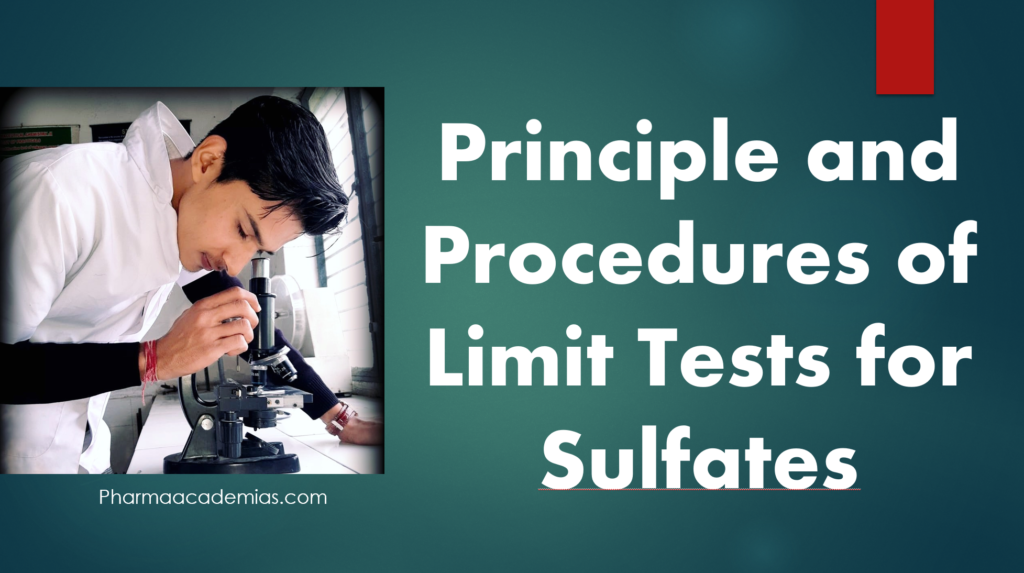In precipitation titration, chemists employ a classical analytical method to determine the concentration of an analyte (typically an ion or compound) in a solution by initiating a chemical reaction that produces a solid precipitate. They then quantitatively analyze this precipitate to ascertain the concentration of the analyte. Precipitation titration is particularly useful in applications where […]
Category: Pharmaceutical Chemistry
Non-Aqueous Titration
Non-aqueous titration is a type of titration that takes place in a solvent other than water. Although most titrations occur in aqueous solutions, non-aqueous titration offers unique advantages and finds use in specific applications. Here’s a comprehensive overview of non-aqueous titration: 1. Solvents Used in Non-Aqueous Titration Non-aqueous titration can be conducted in a wide […]
Volumetric analysis
Volumetric analysis is a quantitative chemical analysis method that involves measuring the volume of a solution of known concentration required to react with a sample of interest. In chemistry and analytical laboratories, researchers widely employ this technique to determine the concentration of various substances, including acids, bases, and other chemical compounds. Volumetric analysis relies on […]
Pharmaceutical analysis uses limit tests for arsenic as analytical procedures to detect and quantify the presence of arsenic in pharmaceutical products. These tests are essential to ensure that the level of arsenic does not exceed specified limits, as elevated levels of arsenic can pose serious health risks to patients. Here are the principle and procedures […]
Pharmaceutical analysis relies on limit tests for heavy metals as a critical component to determine the presence of toxic heavy metal impurities in pharmaceutical products. The tests are essential to ensure that the levels of heavy metals do not exceed specified limits, as high concentrations can pose serious health risks to patients. Here are the […]
Pharmaceutical analysis commonly employs limit tests for iron to determine the presence of iron in pharmaceutical products. The test is essential to ensure that the iron content does not exceed specified limits, as excess iron can adversely affect product quality and patient safety. Here are the principles and procedures of limit tests for iron: Principle: […]
Pharmaceutical analysis widely employs limit tests for sulfates to detect and quantify the presence of sulfate ions (SO4^2-) in pharmaceutical products. The test is essential to ensure that the sulfate content does not exceed specified limits, as excess sulfate can lead to undesirable effects on product quality and patient safety. Here are the principles and […]
Pharmaceutical analysis commonly employs limit tests for chlorides to detect the presence of chloride ions (Cl-) in pharmaceutical products. Controlling chlorides is essential to ensure the safety, efficacy, and quality of pharmaceuticals. The following outlines the principles and procedures of limit tests for chlorides: Principle: The principle behind limit tests for chlorides is based on […]
Limit tests, also known as limit tests for impurities, are a critical aspect of pharmaceutical analysis. They involve testing for specific impurities or substances that are potentially harmful or undesirable when present in pharmaceutical products. Pharmacopoeias and regulatory agencies define these tests and are essential for ensuring pharmaceuticals’ safety, efficacy, and quality. Here’s a detailed […]
Pharmacopoeial substances are pharmaceutical compounds subject to stringent quality standards defined by pharmacopoeias, such as the United States Pharmacopeia (USP) and the European Pharmacopoeia (Ph. Eur.). These standards ensure the safety, efficacy, and quality of pharmaceutical products. Impurities in pharmacopoeial substances can significantly impact the safety and efficacy of drugs. Here’s a detailed note on […]










